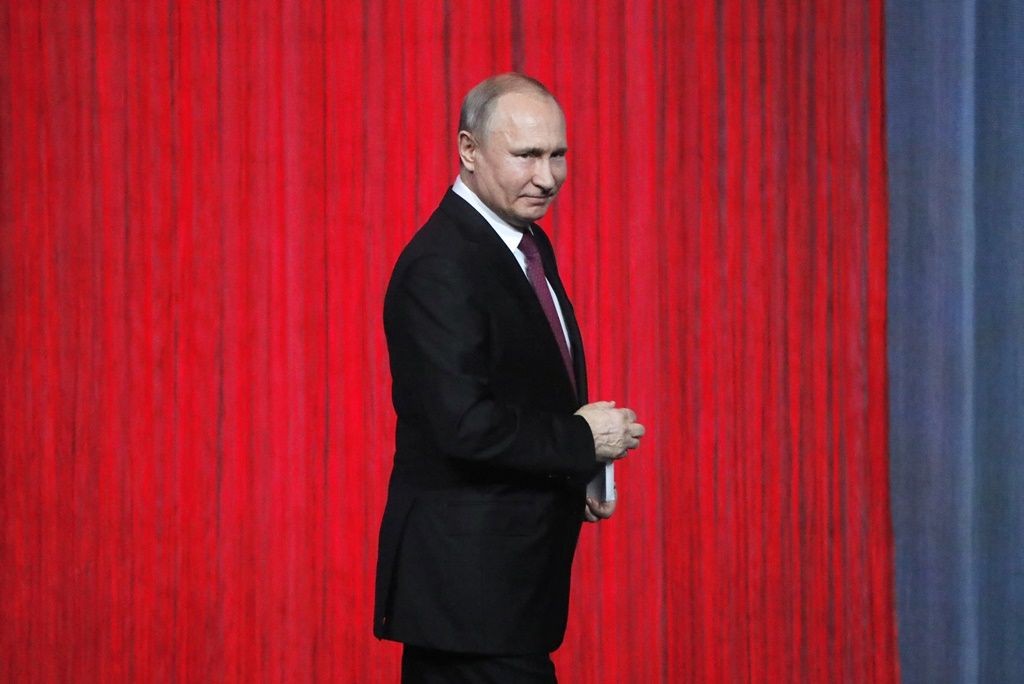The UK’s Unique Political System
The British system is based on an unwritten constitution and the rivalry between two main parties. The role of the largest party in the House of Commons is to form Her Majesty’s Government (HMG) while the party with the second-largest representation forms the official opposition (Shadow Cabinet). Importantly, the official opposition has unique rights, among others, the exclusive right to move a vote of no confidence in the government and to receive public funding for the Shadow Cabinet. The constitution grants the government the dominant position with respect to negotiating treaties, introducing legislation, and setting the House of Commons agenda. Parliament’s role is to vote on the government’s policy proposals and legislate on ministers’ initiatives. The UK model assumes single-party majority rule, which results in a highly confrontational political culture. This fundamentally hinders the implementation of complicated projects by minority governments. This is, however, the place in which the Conservative government has found itself since June 2017. Moreover, since December 2018, both dominant parties, i.e., the Conservatives and Labour, seem unable to fulfil their constitutional tasks because of internal conflicts.
Symptoms and Consequences of the Crisis
The government’s freedom to manoeuvre has been ever decreasing in favour of the Commons with no stable majority. Since December 2018, the government has lost three “Meaningful Votes” necessary to initiate the legal procedure of WA ratification. Moreover, HMG has also lost ones concerning the publication of its internal legal analyses, seizing control of the Commons agenda and the legislative initiative by backbench MPs, and limiting HMG’s right to negotiate strategy vis-à-vis the EU. In all of these cases, a significant portion of Conservative MPs voted against the government. Normally, the breaking of party discipline by government members would result in their resignations from executive positions, but this rule has been repeatedly breached. Moreover, Labour’s voting discipline as the official opposition has been comparably broken. Controversial rulings by the Speaker of the Commons John Bercow have strengthened the position of backbench MPs at the expense of both the prime minister and the leader of the opposition, thus weakening the constitutional mechanism of governance through the dominant parties.
At the moment, it is difficult to clearly indicate in the UK the political decision-making centre for Brexit. Neither the government nor the official opposition can muster a parliamentary majority for WA ratification. The “indicative” votes in March also revealed the lack of a cross-party majority in favour of any alternative Brexit scenario. The leadership crisis in the dominant parties has resulted in a push for solutions that negate the Tory and Labour 2017 election commitments. This has led to undermining the public’s confidence in electoral manifestos, which in the future will complicate the legitimisation of a new agreement with the EU or settling the Brexit dispute by a snap election.
The traditional solution to a political logjam in the UK would be the snap election. Despite the fears of the majority of MPs about their respective party’s polling, mobilisation of activists, and campaign financing, such an election probably will be necessary in the autumn. The key will be the outcome of the Tory leadership contest following the resignation of Theresa May on 7 June.
Elections’ Impact
The European Parliament elections on 23 May boosted support for Nigel Farage’s Brexit Party to 5.25 million votes (32%) and 29 seats (in contrast to the 3.86 million votes and 14 seats won by the two dominant parties), despite its registration only on 5 February. The parties promoting a “no-deal” Brexit obtained a total of 36% of votes, those supporting revocation of Brexit got 39%, while the combined support for the dominant parties fell to 23%. Although the Tory results in the 2 May local elections were the worst since 1995, and the European elections result the worst in the national campaign since 1834, Labour also shrunk, turning in their historically fifth-lowest result in local elections and the worst result in a national campaign since 1918.
If Farage were able to maintain this level of support to a general election (like UKIP in 2014-15), the geographical distribution of votes could result in the most divided House of Commons since 1923. The Brexit Party, Liberal Democrats, and SNP could gain several dozen seats each, depriving both of the dominant parties the chance of a majority government. The votes of several parties probably would be needed to create a coalition. The electoral defeat could also force the resignation of Labour leader Jeremy Corbyn or a new Tory leader.
Ratification Failure
Ratification of the WA signed on 25 November seems impossible. This has proved to be too heavy a burden for both the Conservative-Democratic Unionist supply-and-confidence coalition and for a cross-party Tory-Labour coalition. The talks between HMG and the official opposition (8 April to 17 May) failed over mutual distrust, the commitments of both parties, and their internal divisions. The main dispute focused on the customs union with the EU after Brexit, including alignment on labour, environmental, and other standards. The Tories insisted on leaving the EU customs and regulatory union while Labour wanted to maintain it. Anticipating a snap election, the majority of Labour activists strongly opposed sharing responsibility for a “Tory Brexit” while most of the Conservatives objected to building up Corbyn’s credibility as a leader. His public recognition as a partner by May negated the previous Tory narrative of Labour’s incompetence. Another obstacle to the agreement has been the issue of a second referendum, which is demanded at minimum as a confirmation vote, by the majority of Labour and a minority of Tory supporters.
Conclusions
The possibility of postponing Brexit again has intensified the UK political crisis. The success of parties with clear positions on leaving the EU has pressured the Tories to embrace the “no-deal” Brexit while Labour is pressed to adopt the opposing position. In case of a snap election, another hung parliament is almost certain, probably leading to a weaker minority government and possibly a Labour one. Although the probability of a second referendum has increased, the likelihood of it concluding the UK Brexit dispute has decreased. Holding a second referendum is supported almost exclusively by Remainers and the campaign would probably split both dominant parties. However, it is also unlikely that Brexit will be revoked without a public vote.
As a consequence, in the autumn the EU will most likely be faced with the decision to postpone the Brexit date again. The arguments for doing so are the economic costs of a “no-deal” exit and the impact it might have on the next EU Multiannual Financial Framework (e.g., an Ireland-France energy link alone would cost the EU €600 million). The counterarguments include the rising costs of never-ending uncertainty and concerns about the UK’s impact on the formation of the EU’s new leadership and agenda.
It also seems that a necessary condition for maintaining control of Brexit by the dominant parties in the UK is the modification of the backstop, i.e., an effective UK-EU customs and regulatory union concerning the island of Ireland after Brexit lacking a future relations agreement with no time limit. On one hand, the EU refuses further talks but, on the other hand, the backstop remains a touchstone of both the British dispute and between the UK and EU. Amending the backstop with an exit clause—addressing the politically most contentious issue in this mechanism—might prove decisive for May’s successor in his or her efforts to gain WA ratification. Notably, the Brady amendment from January—proposing ratification of the agreement conditional on replacing the backstop with an alternative solution eliminating the “hard border” on the island of Ireland—has been the only Brexit proposal accepted by the Commons majority so far. Securing the Irish peace process would require postponing the use of the above-mentioned exit clause for a few years (e.g., five) after the moment of the backstop’s entry into force to allow for the conclusion of a futurerelations agreement.







